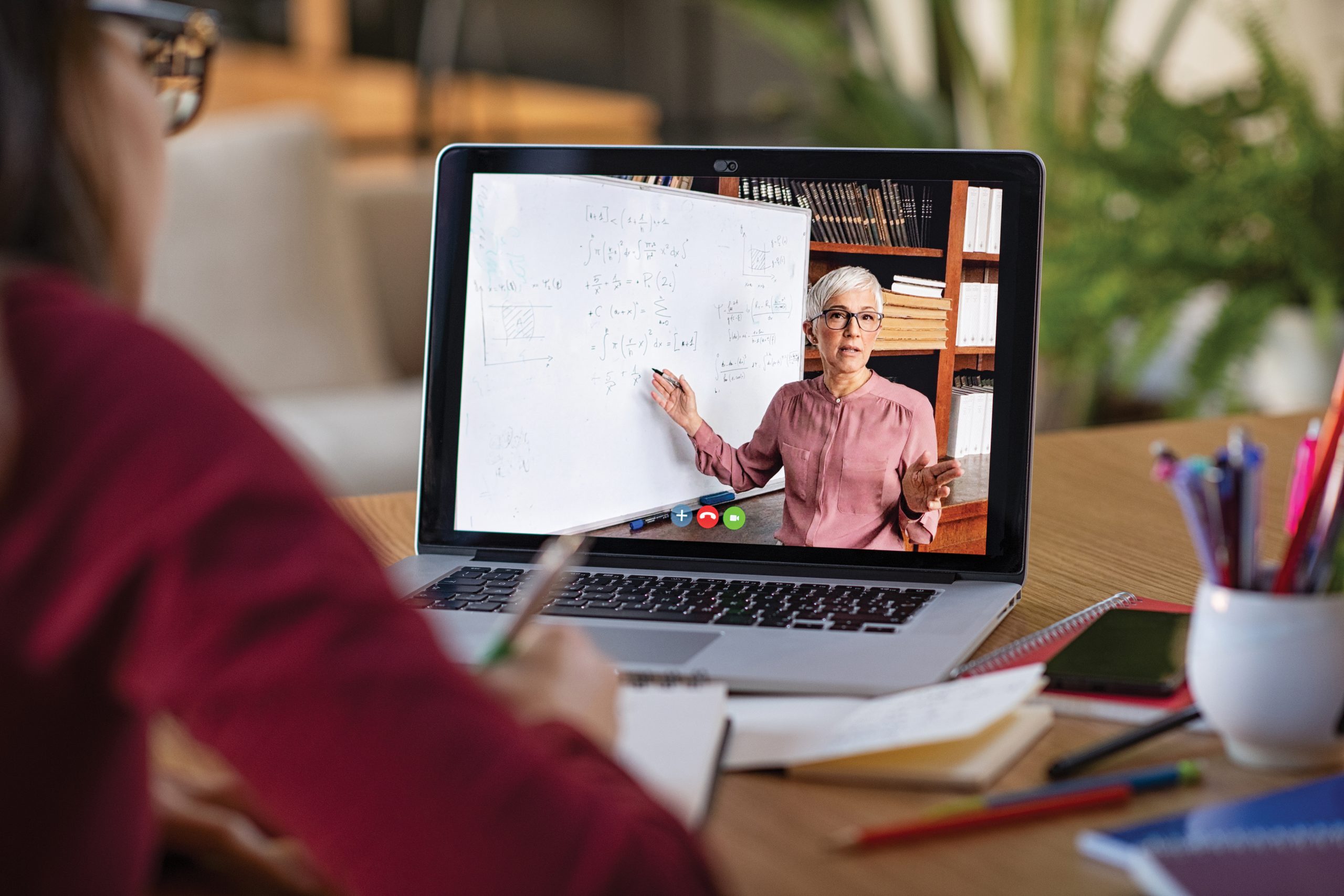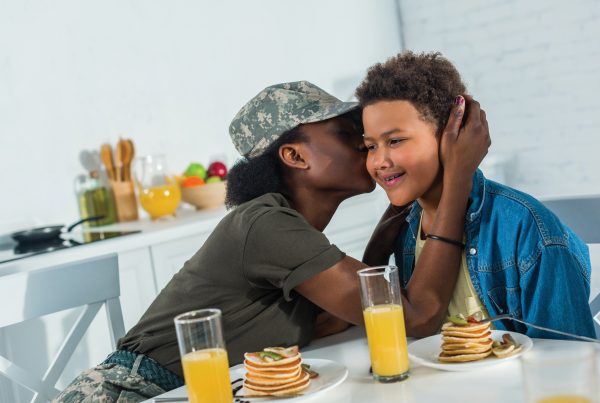One thing educators are hounded about is the rule of engagement. Students must be engaged in order to learn; students must be engaged in order to develop relationships with their teachers and their peers; students must be engaged in order to succeed. If a student is not engaged, they are not connected. And without connection… well, that’s a slippery slope.
What no one likes to talk about is how difficult it can be to maintain student engagement. With each passing year, the ability to snag their attention and hold on to it for a full ninety-minute class session gets harder and harder, mostly due to the overabundance of ready distractions in the palms of their hands. If smartphones weren’t enough, enter laptops! For every student! While this is wonderful on some levels, it has created yet another barrier between students and teachers, another challenge impeding our ability to connect. Prior to the Great Shutdown of 2020, teachers could be heard saying, “Okay, get out your laptops, and…” which was a clear signal that genuine human interaction was careening to a halt in the classroom.
Despite having had laptops in the classroom, there was nothing to prepare teachers for the abrupt switch to virtual learning. I can fully admit I was ill-prepared to stare at a screen of students and know how to make that work in an instructional sense, let alone performing the important task of making connections and building relationships. No college course, no professional development, no webinar could have prepared educators for the dramatic shift of losing face-to-face interaction.
Spoiler: There is NO “magic solution” to this. Much like teaching itself, figuring out how to navigate building relationships with students in virtual and hybrid classrooms is a very personal matter. The 2020-2021 school year has been a time of relationship-building trial and error for me. My school district chose a combination of virtual and hybrid, which means I have groups of fully virtual students with whom I interact once a week for about 40 minutes (yes, you read that correctly), and groups of hybrid students whom I see in person twice a week for 90-minute classes. If you’re thinking, wow, it must be really difficult to connect with your students, you’re correct.
What I’ve discovered is that, much like therapy, it’s a matter of if.
When a person chooses to begin therapy, there’s a lingering if. One can show up to weekly sessions, open up, talk with the therapist, but if the client isn’t fully engaged or ready to invest in therapy, not much will happen, right? Plus, we all know we can’t force that investment from the client. The same dynamic applies for teaching, especially in a virtual model.
My virtual students are required to attend one Zoom class session per week. Oddly, these sessions are scheduled for Mondays – and if you’re familiar with school calendars, you’ll note how many Mondays are school-closed holidays. Again, the Zoom sessions are scheduled to last 40 minutes. That’s all well and good, but imagine trying to cram a week’s worth of teaching into 40 minutes. Not only is it impossible, it’s also extremely stressful for everyone involved.
Now add in the matter of connecting with students. While the weekly sessions are required, having cameras turned on is not. I can ask my students to turn on their cameras, but they don’t have to comply. Have you ever tried building relationships with a screen full of black squares? I don’t recommend it; it’s not fulfilling. It is, however, exhausting. Talking at a blank screen and getting zero response can make one question their sanity. In short, trying to get disconnected students to engage via computer screens is exceedingly difficult.
I could supply a list of failed attempts, but instead let me dazzle you with a success story.
In the fall semester, I taught a Creative Writing course. For the first couple weeks of virtual meetings, everyone had their cameras off, but one student engaged by turning on his mic and talking to me. That tiny bit of connection allowed the two of us to begin building a relationship. And then, one Monday, I opened Zoom, let the students in, and it happened: a student, unprompted, had his camera on. It was my chatty friend. I was so excited to actually see a virtual student—excited to the point where I gasped. The student grinned. And we were off and running.
I started looking forward to that particular Zoom, knowing at least one student was going to engage with me. As the weeks passed, I noticed that engagement in that class was rising. Suddenly, two other students had their cameras on and were interacting. Another student stated she felt uncomfortable with her camera on, but started typing conversation in the chat box, and even turned on her mic and spoke a few times.
The catch here, of course, is that I had one student who wanted to engage. He paved the way to allow the others to see it was possible, and safe, to do so.
Perhaps you’ve seen this next bit of info on the horizon, but I would be remiss if I didn’t include it: did I spend all of those Creative Writing Zoom sessions teaching? Absolutely not. I talked with them, human to human. I gave them a safe place to share and connect. I bottled up my classroom environment and did my best to share it via screens.
Speaking of classroom environments, let’s mention the hybrid situation. I naively thought it would be “normal” and my students would engage with me. Never have I been more wrong. It turns out having a piece of fabric covering half of students’ faces works as a silencer; add in the required laptop and you have a very quiet classroom environment. I assumed that having tiny classes (my smallest was 5) would naturally foster stronger teacher-student relationships. Well, sure, it CAN, if everyone is on board for that—but it can also make for abnormally awkward moments where no one wants to participate and everyone is avoiding eye contact.
Again, we have an if. Even in person, six feet apart, if students simply didn’t want to engage or connect, I couldn’t make it happen. In those situations, I felt invisible. Conversely, some classes were much livelier than others because of the number of students who wanted to engage. Those periods of normalcy were my saving grace throughout the school year, serving to remind everyone in the classroom the importance of basic human connection.
Regardless of the classroom environment—virtual, hybrid, or “normal”—engagement and connection won’t happen unless everyone is invested. Pandemic or not, this is a struggle teachers constantly face. It is the truest of two-way streets, one now hindered by screens and masks. In my experience this school year, I didn’t find a magic fix, only the continued need to let my students see me as a human, not just a teacher. A little extra effort never hurts, but teachers can only give so much before they are stretched too thin … but that, dear reader, is another story for another time.






